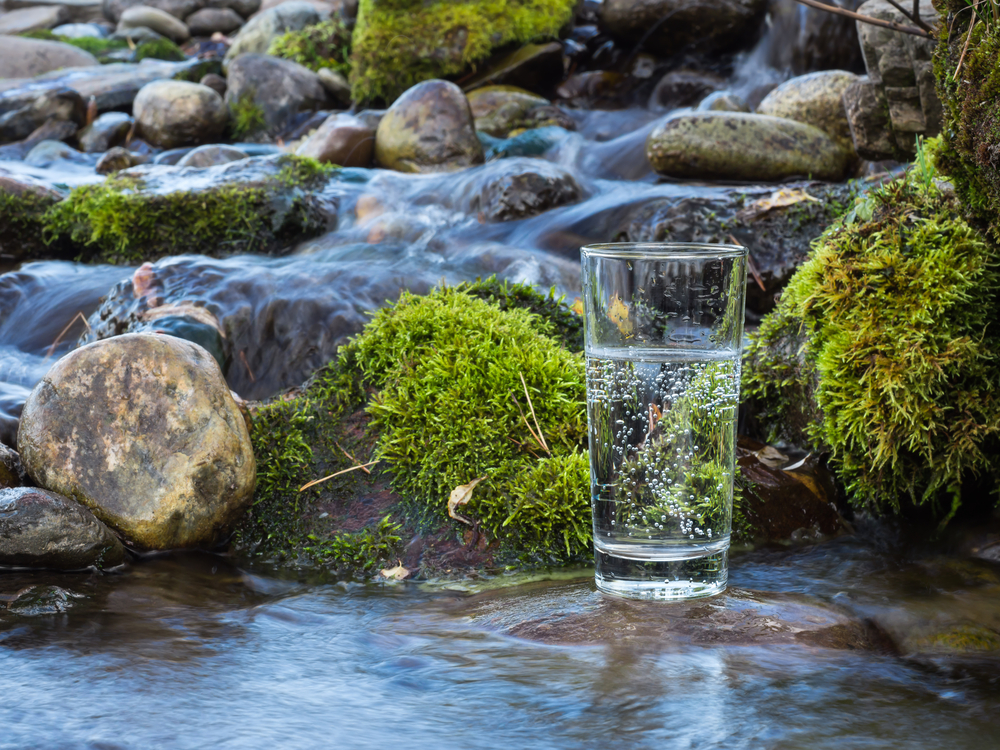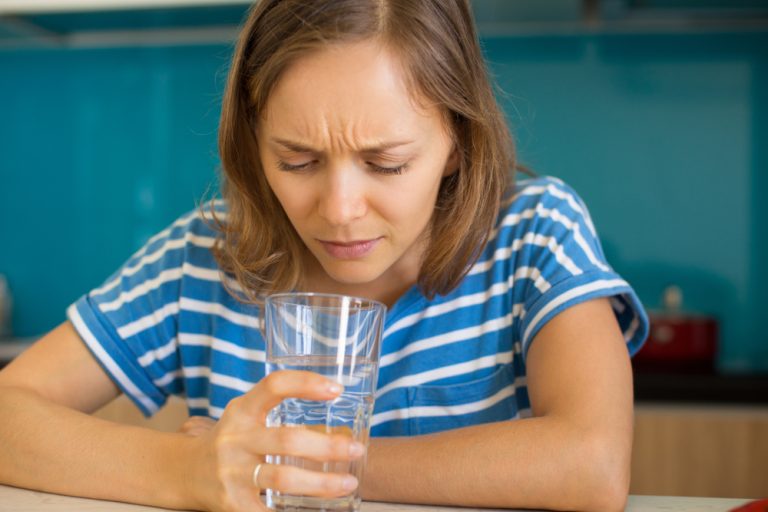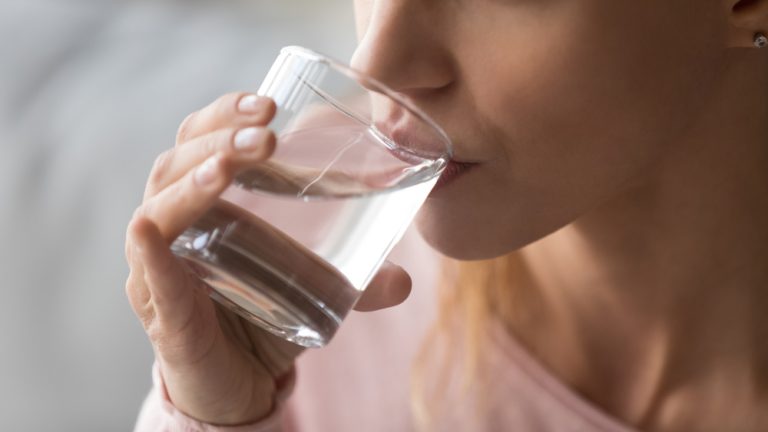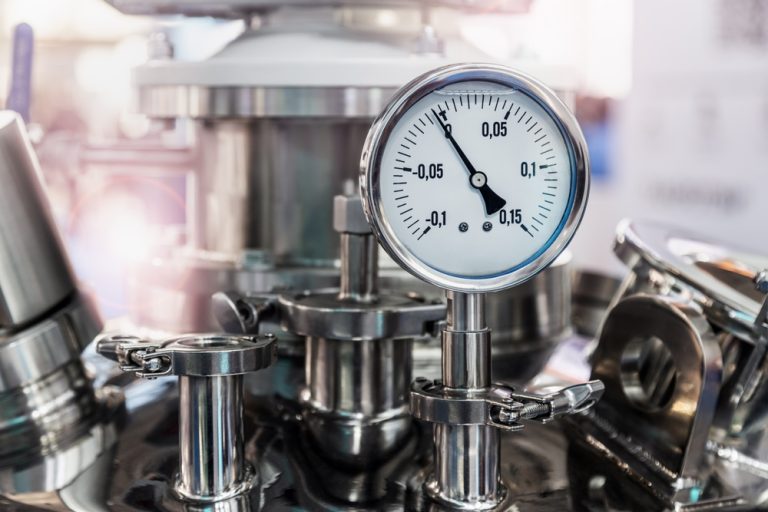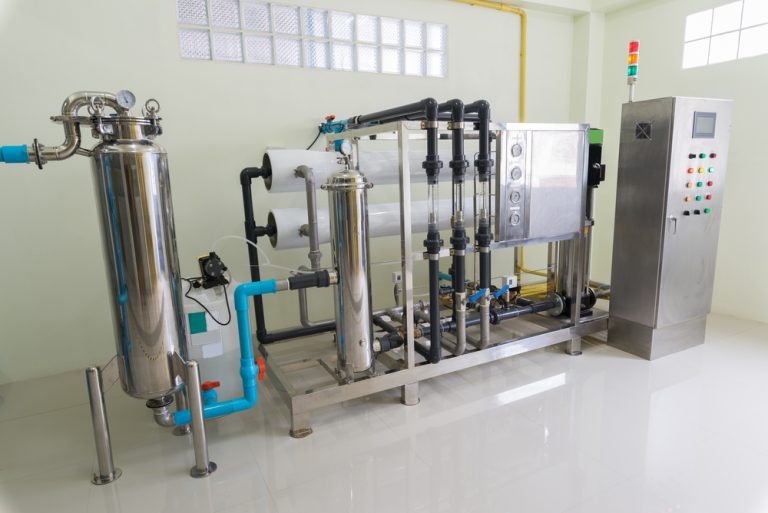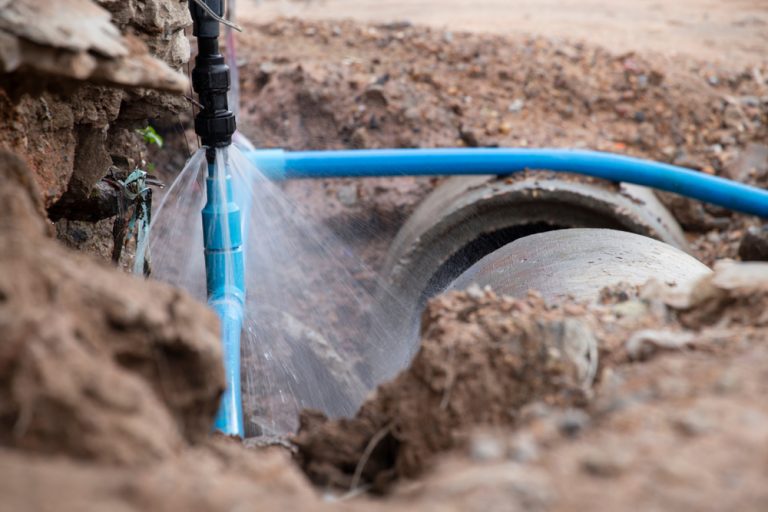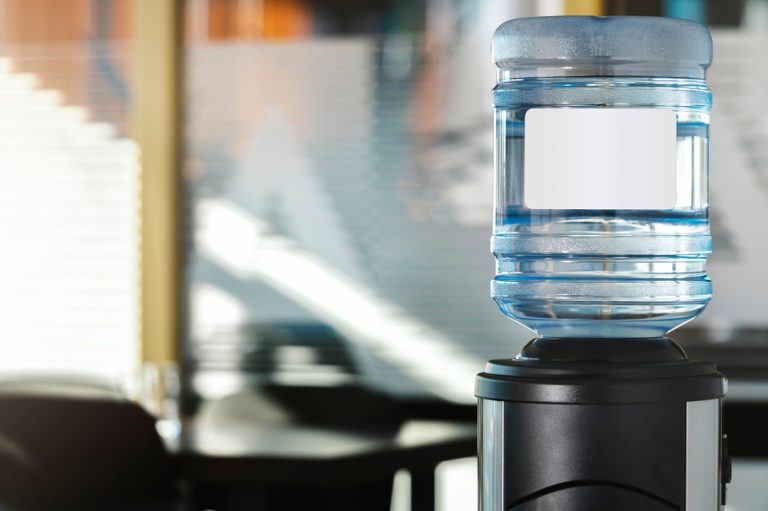Is Spring Water Safe To Drink?
Spring water has become a popular drinking water nowadays. Many bottling companies are capable of producing spring water. But is spring water safe to drink? This article will answer your questions and give you some ideas about spring water and its process.
Drinking untreated spring water is not safe. It can contain heavy metals, pollutants, illness-causing agents, and more. It’s safer to drink spring water that has been purified.
Natural Filtration Process Of Spring Water
During rainfall, rainwater is absorbed underground and is filtered through the soil, clay, and bedrock. Rainwater travels through these natural filters and accumulates minerals present in the earth’s crust. It then flows along the underground aquifers and surfaces to a place called a spring.
Purification Of Spring Water
Spring water may have been filtered naturally, but that doesn’t always mean it’s safe to drink. It may absorb chemicals, pollutants, contaminants, or disease-causing pathogens while traveling underground. So, spring water is extracted from the spring to be purified, further making it more drinkable.
Steps In Purifying Spring Water
There are several important steps in purifying spring water. Each of these steps helps make spring water safe to drink. The first step is coagulation and flocculation, which is followed by the sedimentation, filtration, and disinfection steps.
Coagulation And Flocculation
Water treatment chemicals are introduced into the spring water. These chemicals are known as coagulants and flocculants. A coagulant is a chemical when mixed with water that triggers a chemical reaction. A coagulant is a positive charged molecule that attracts and absorbs negative charged molecules, such as nitrates, sulfates, phosphates, and carbonates, in water.
From the source, water is pumped out to the neutralization tank. A coagulant is injected into the water to neutralize its electrostatic ion charges such as nitrates, sulfate, phosphates, and carbonates. This process is called coagulation.
This is followed by injecting a flocculant so that the particles suspended in the water will bind together to form flocs. It will require some mixing time for the chemical reaction to occur. This chemical reaction is called flocculation. The flocs are gathered together and can be easily removed through the sedimentation process.
Sedimentation Process
After the application of a coagulant and a flocculant, spring water is pumped out to the clarifier tank for the next process. Sedimentation is a process of removing suspended solids like flocs, oils, colloidal particles, dirt, sediments, and organic matter present in water with the help of natural gravity. All of these suspended solids either float on the top or settle down to the bottom of the tank as sludge. The sludge can be removed by scraping or skimming the top or bottom of the clarifier tank.
Filtration Process
After the sedimentation process, spring water must be filtered through a multi-media filter and a bag filter to remove the remaining suspended particles formed during the coagulation & flocculation process completely. A filter tank consisting of three layers of activated carbon, silica sand, and fine gravel is used. This is followed by another water filter called a bag filter with a 5-micron filter, which will finalize the filtration process. The spring water is then transferred to a chlorine contact tank.
Disinfection Method
This is the last stage of the purifying process. Chlorine is injected into the spring water through a dosing system. The dosage of chlorine in water is controlled using an automated dosing pump. Approximately 1.0-2.0 ppm chlorine concentration is enough to kill all the pathogens present in water.
Another way of disinfecting water is by using an ultraviolet light where water is forced to pass through a UV lamp. Injecting ozone into the water is also very effective in killing bacteria, viruses, and other pathogens in water. Although, these alternatives are rarely used because of their high-operating cost.
Quality Of Spring Water
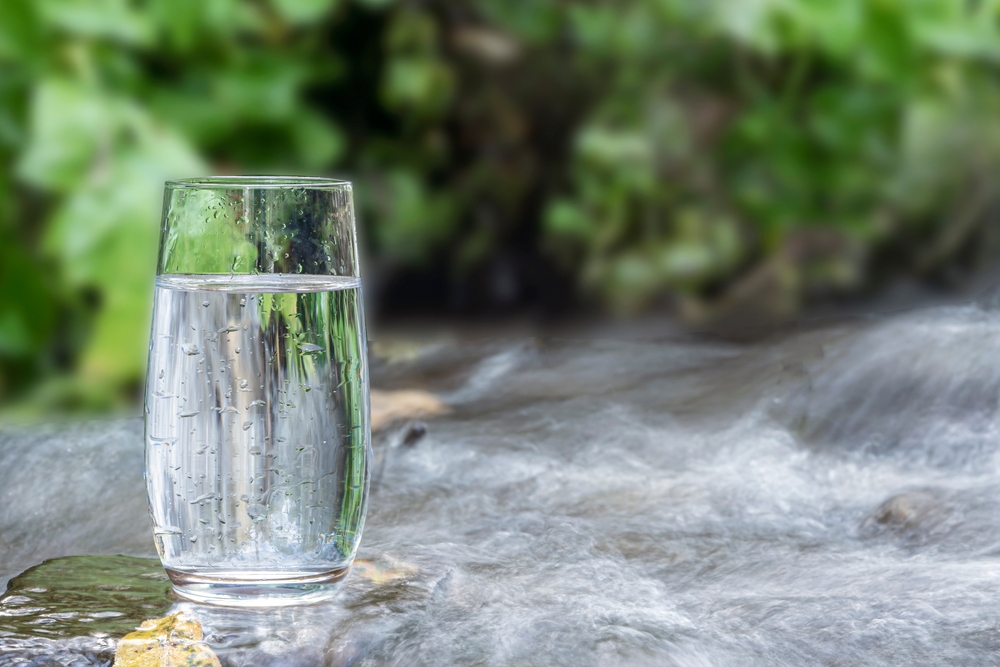
Spring water has a total dissolved solid content of below 100 milligrams per liter. Its pH level is between 6.5 – 8.5. The total hardness content is around 50 mg/L. It is free from heavy metals, contaminants, and pathogens. Spring water is carefully tested and passed the National Drinking Water Guidelines for potable water.
Health Benefits Of Spring Water
Spring water has inherited almost all of the minerals and nutrients present in the earth’s crust during its travels from underground aquifers. It contains enough calcium, magnesium, sodium, potassium, iron, and other traces of minerals to be useful to the human body. When you feel dehydrated, drinking spring water can replenish your body. Also, spring water tastes good.
In Conclusion: Is Spring Water Safe To Drink?
Spring water as potable or drinking water is regulated Environmental Protection Agency (EPA). Spring water meets all their requirements and has proven safe for human consumption. The governing agencies also allow some bottling companies to process bottled spring water as long as it passes the Safe Drinking Water Act.
So, what do you think about spring water being safe to drink? Let us know your thoughts and why below!

